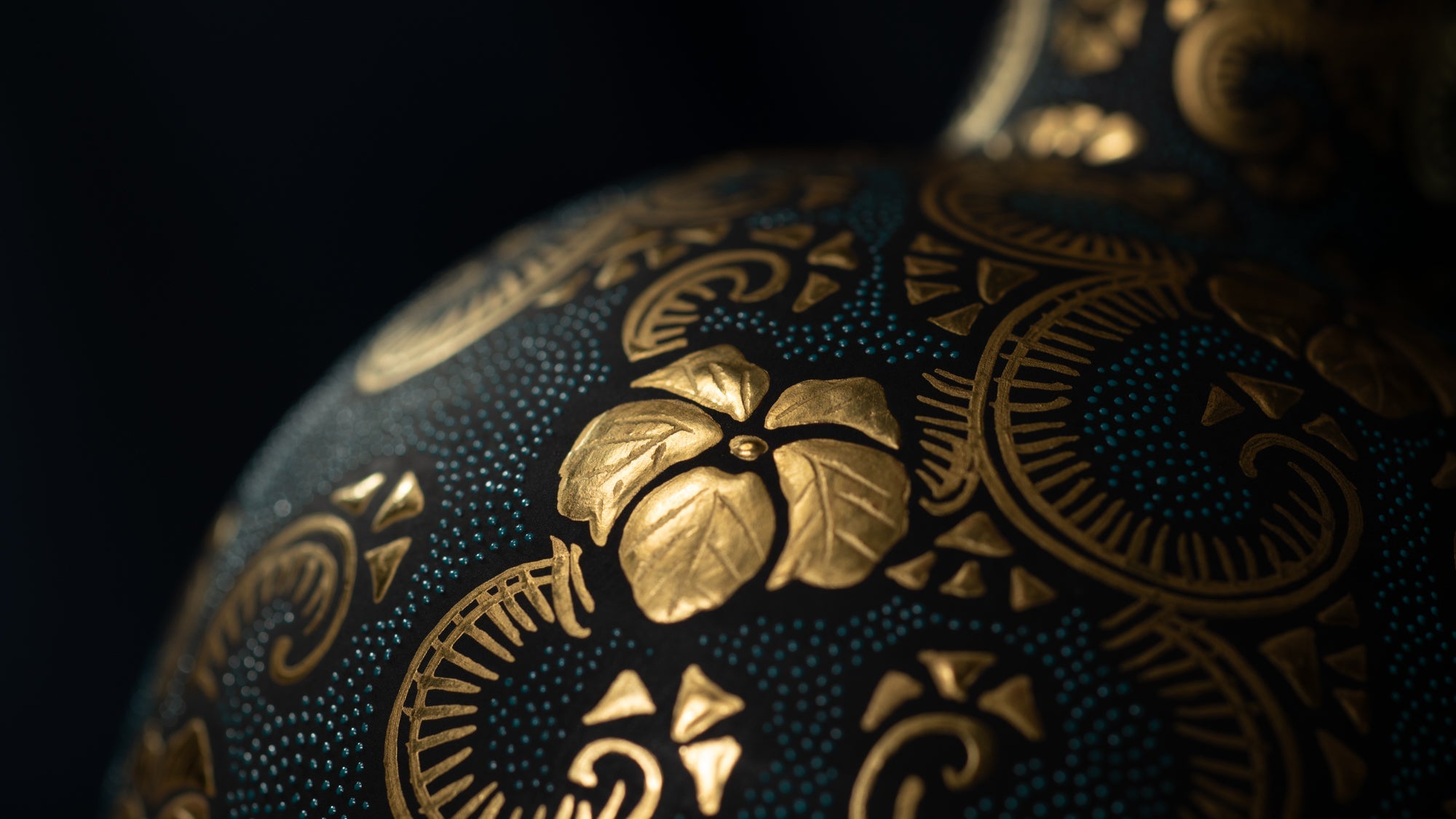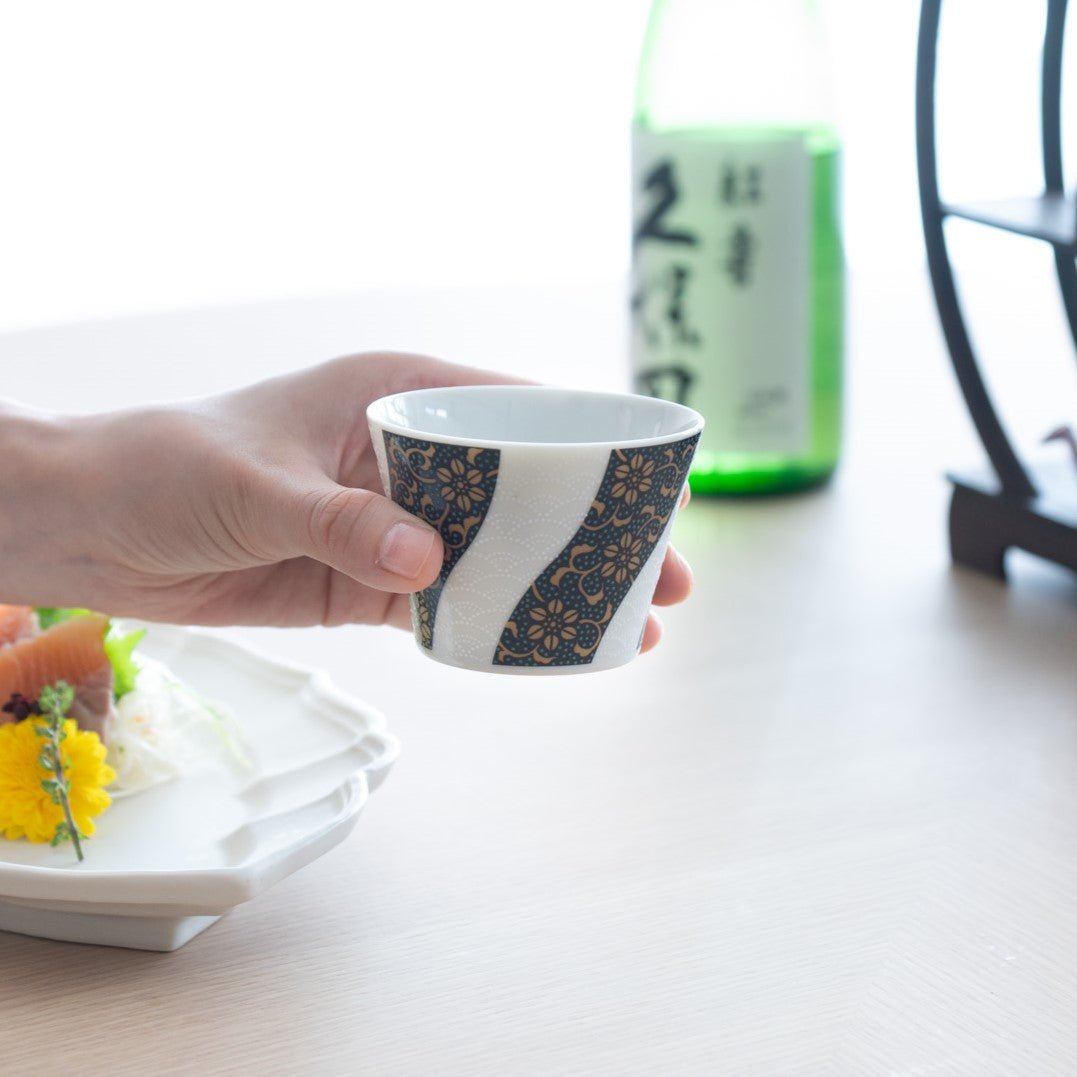
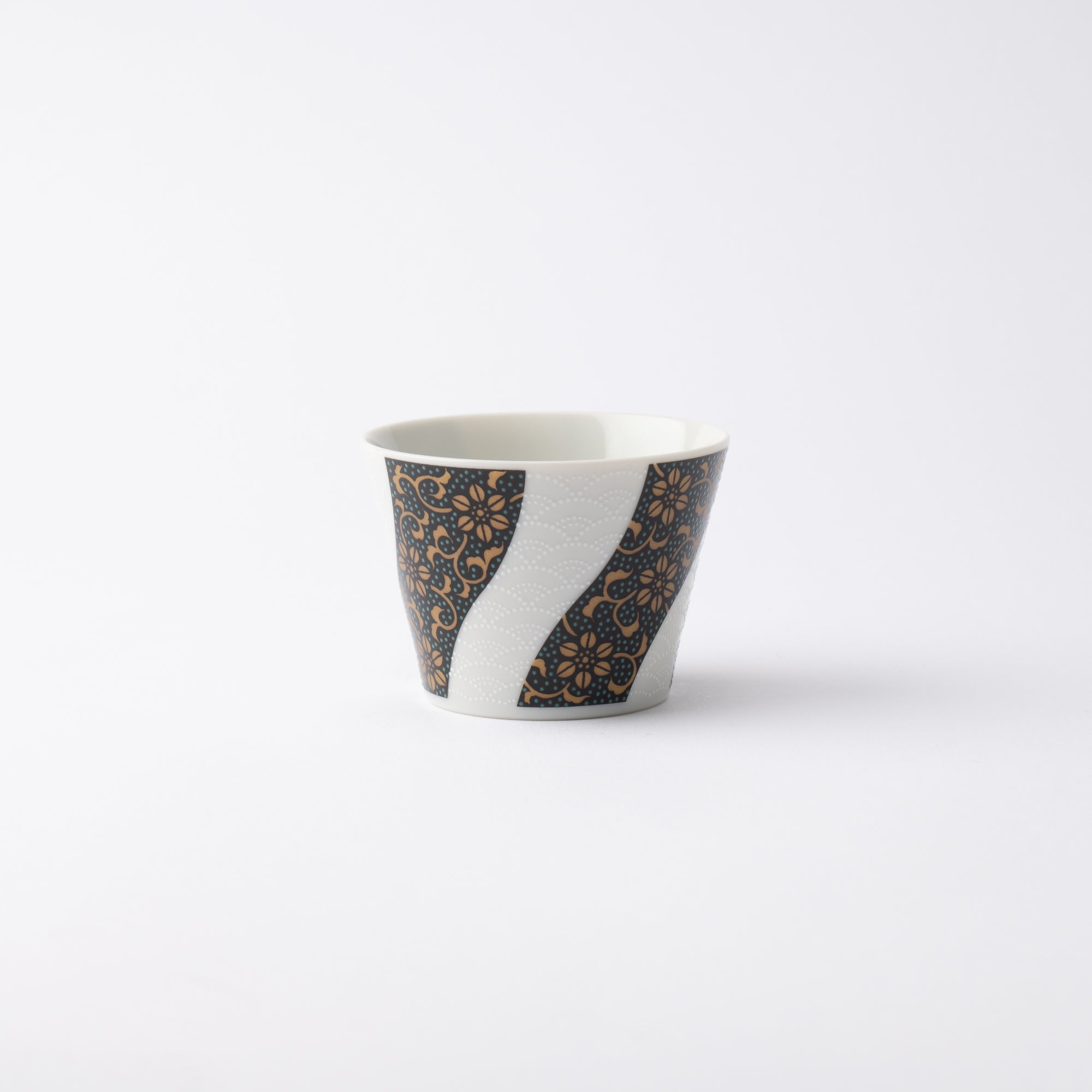
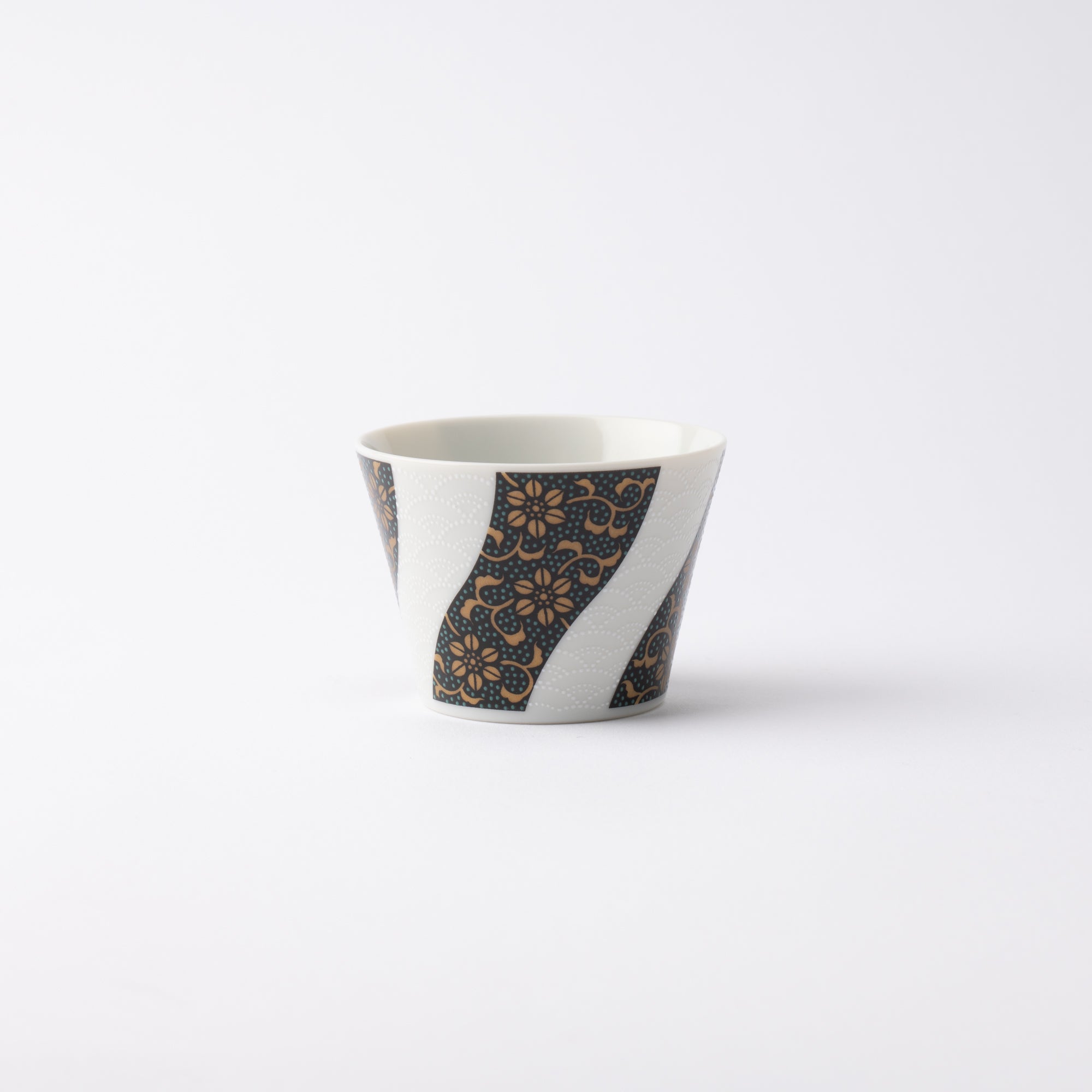
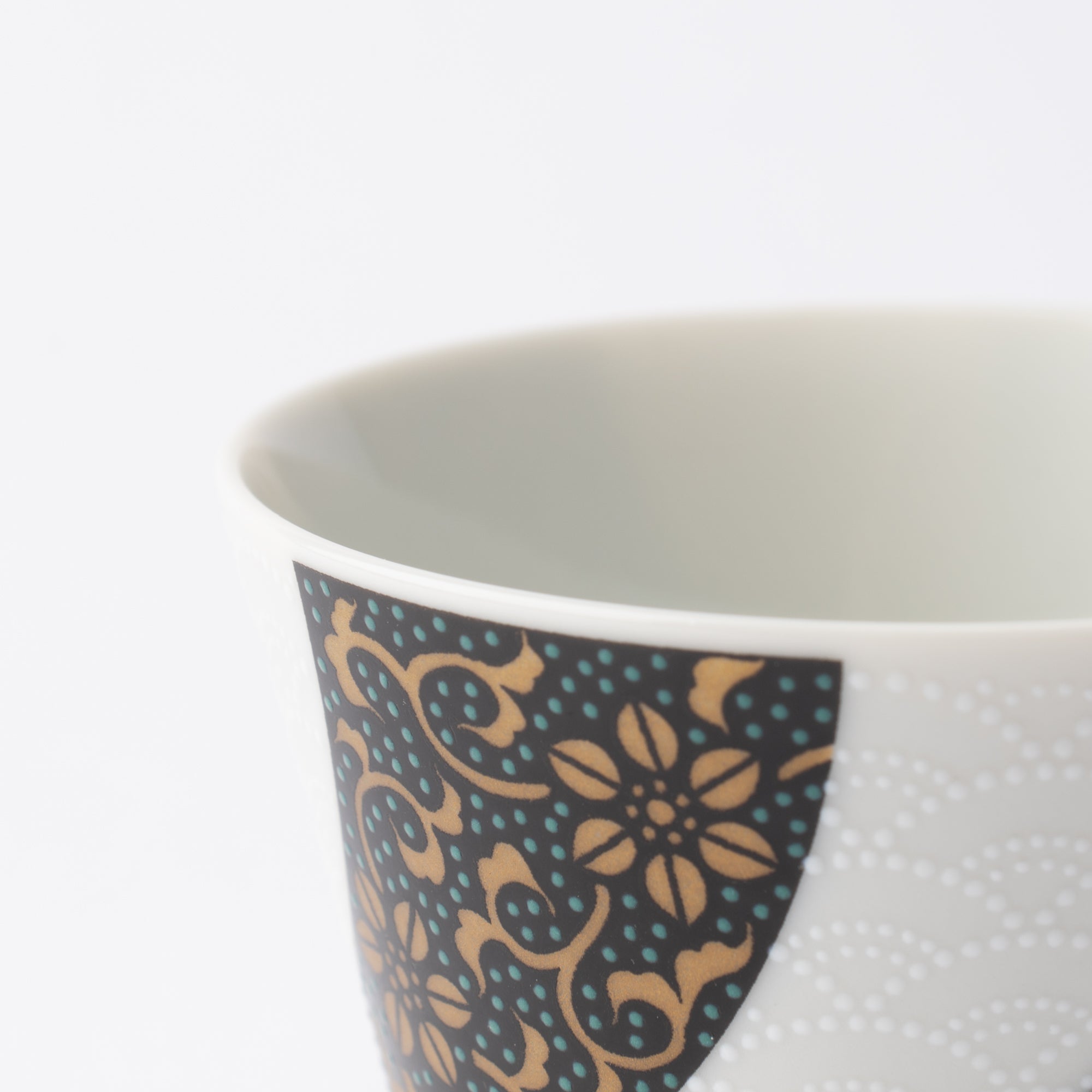
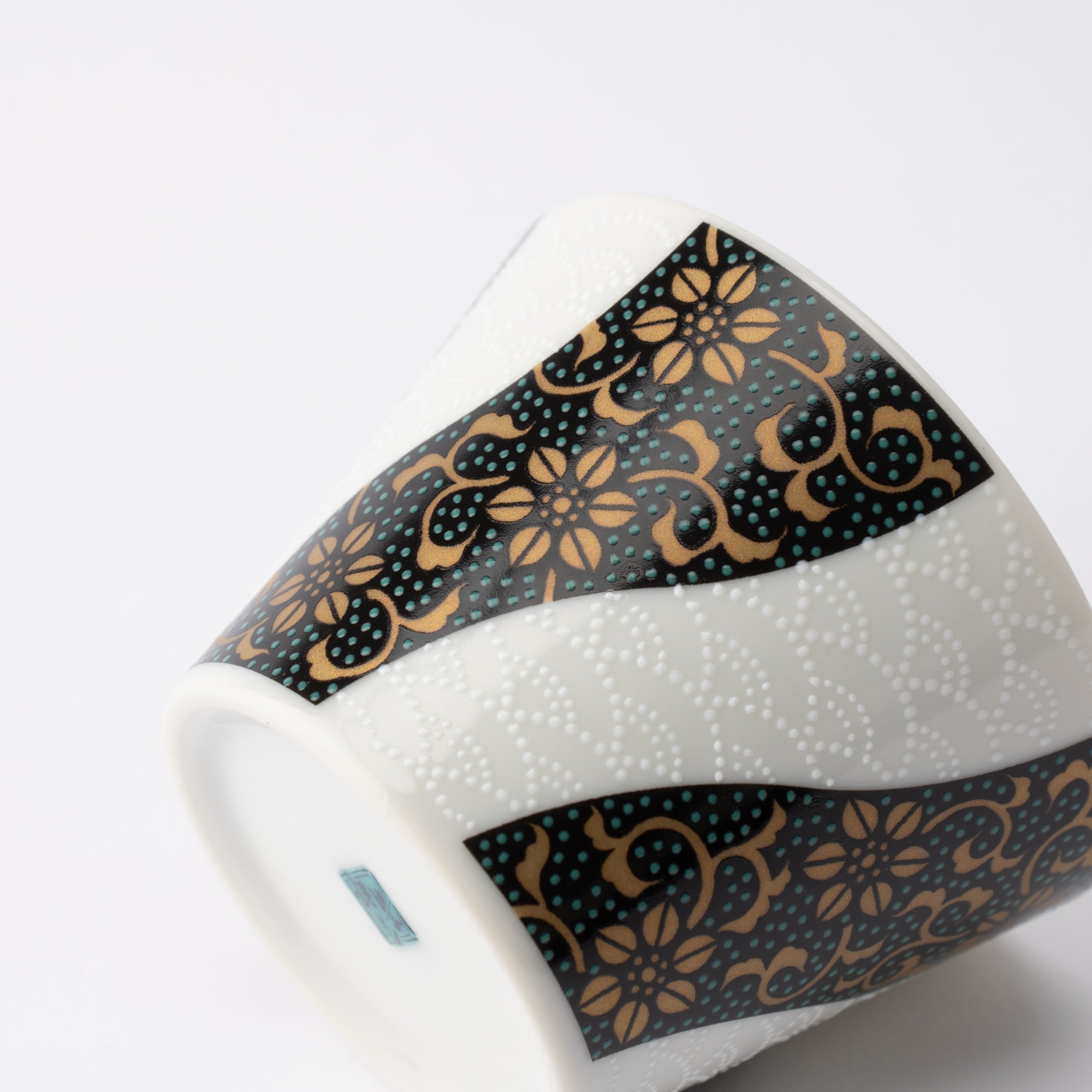
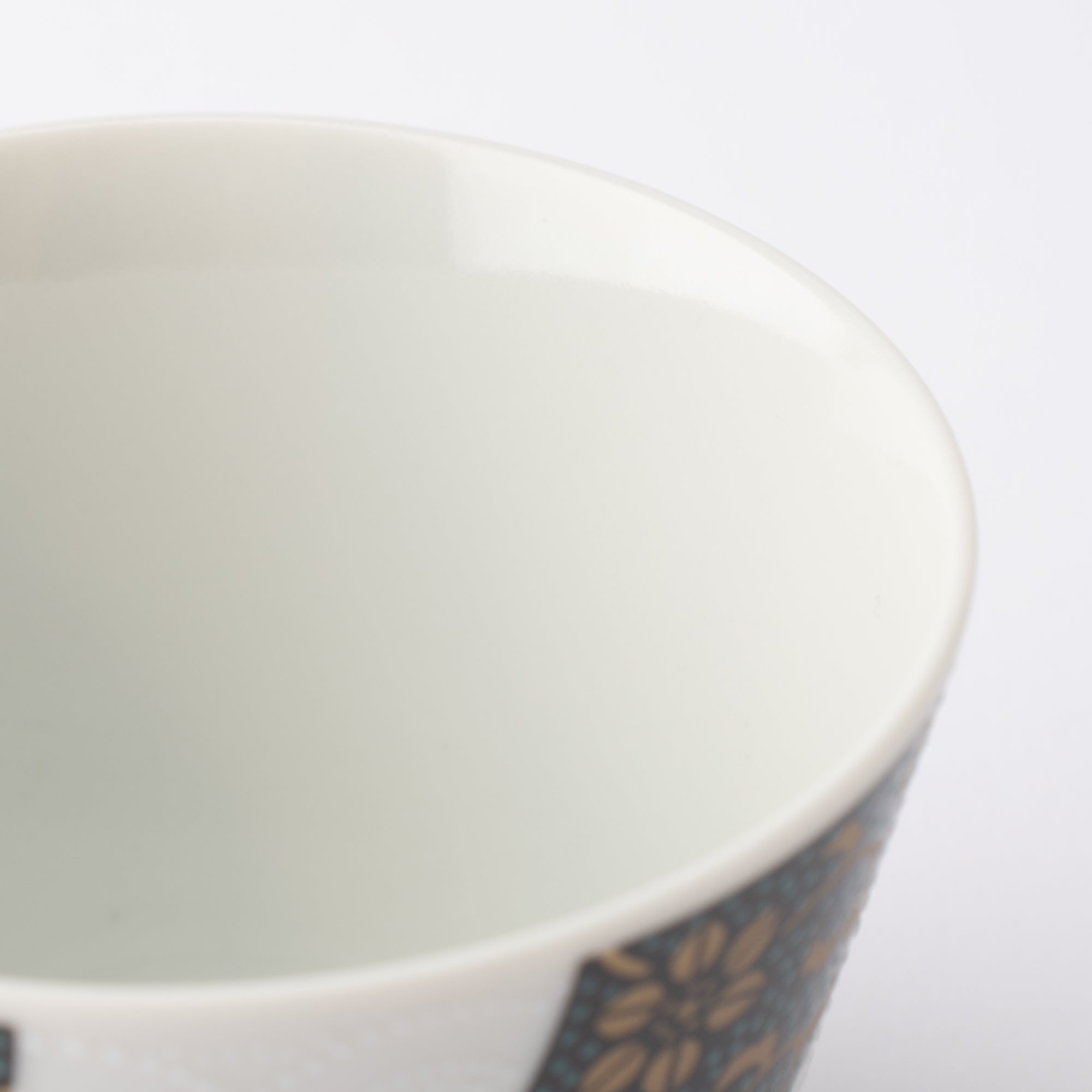
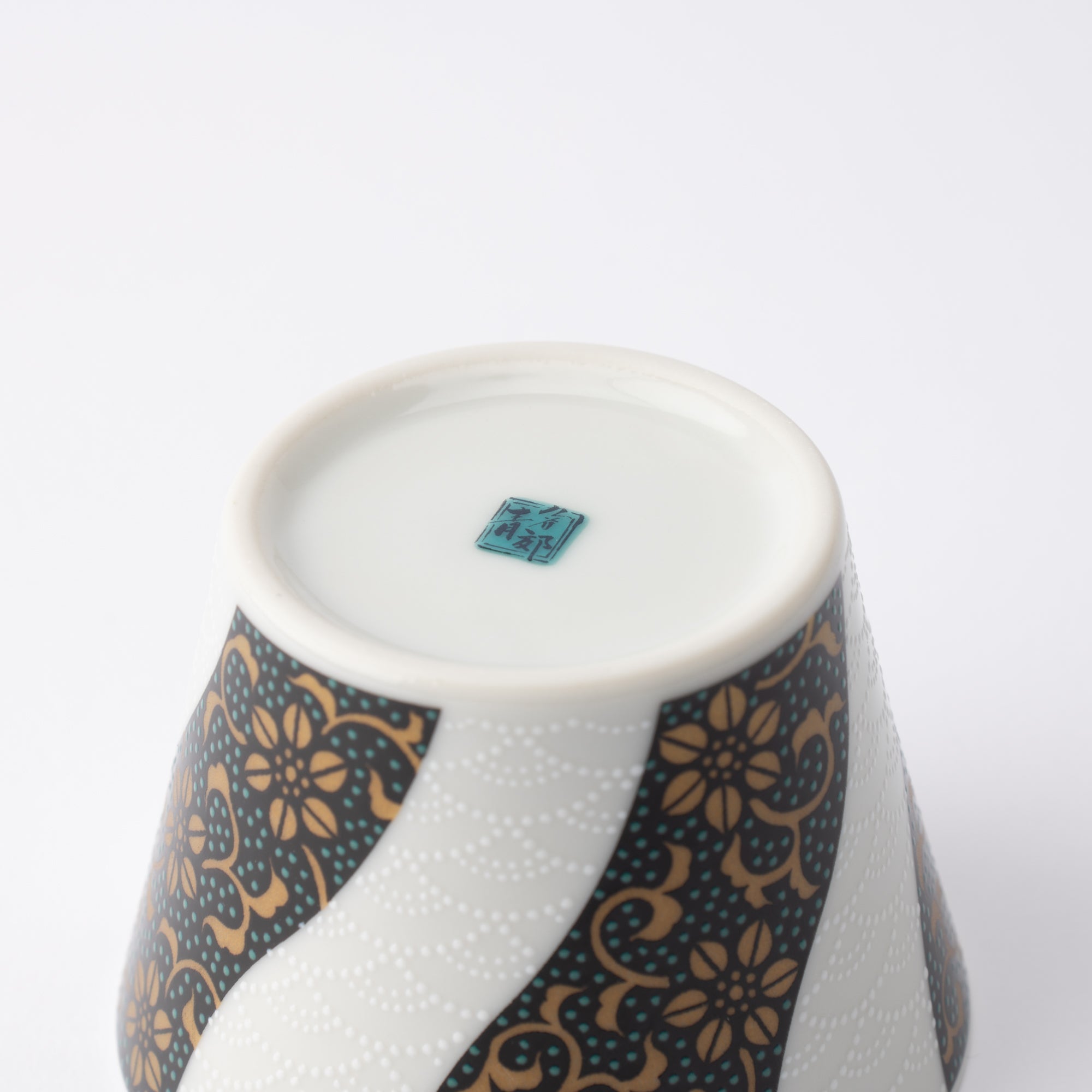
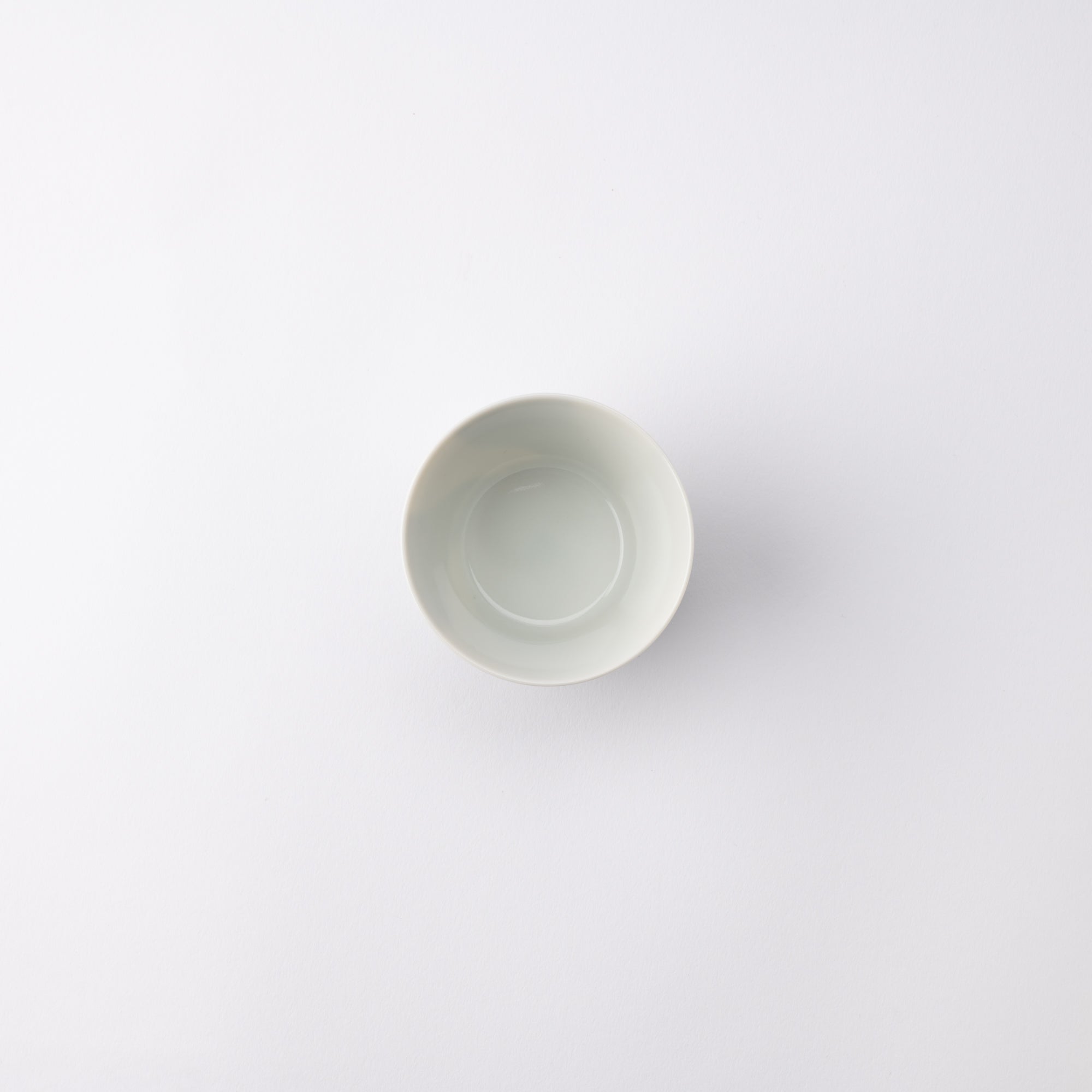
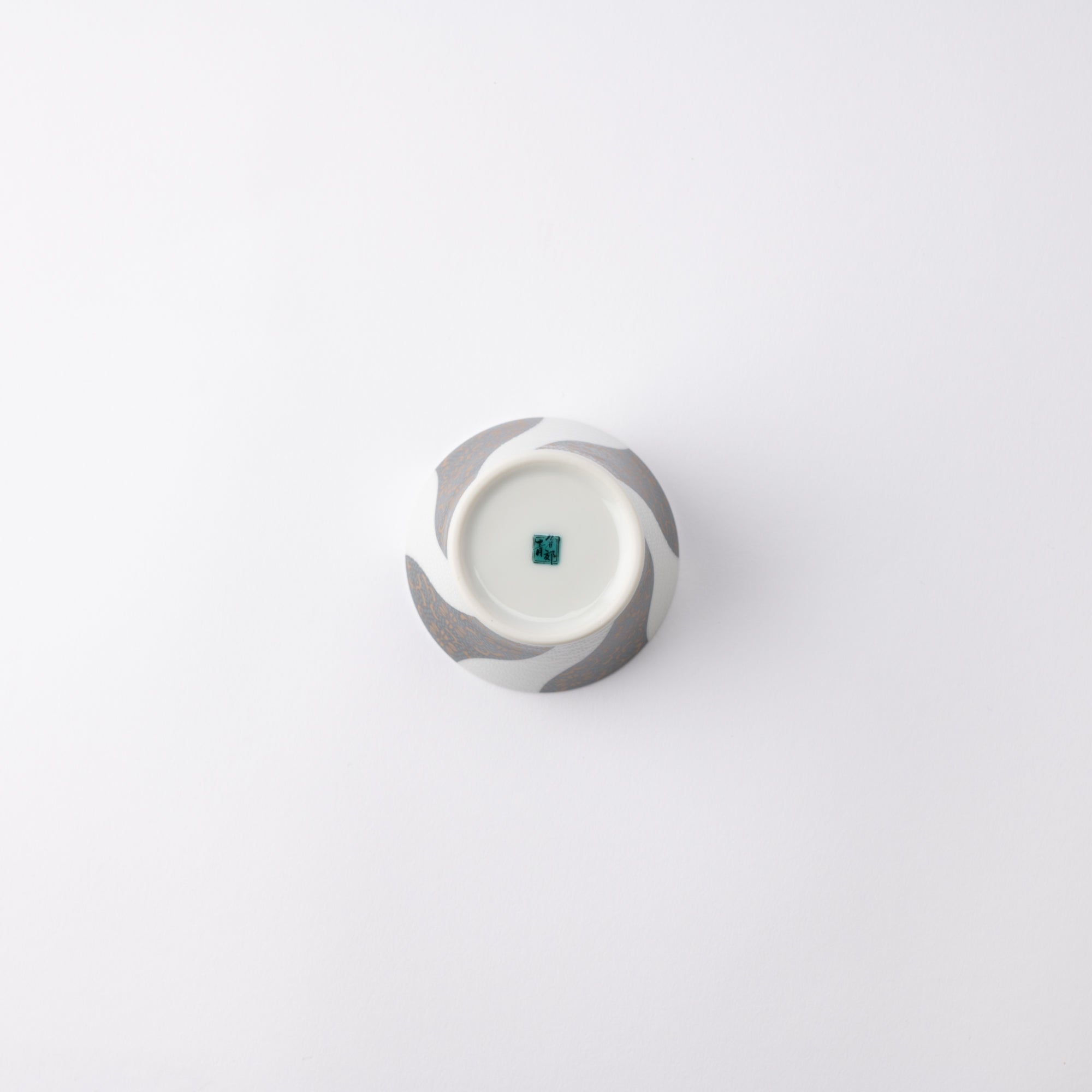
Aochibu Soba Choko Cup
Estimated Shipping Widget will be displayed here!
This soba choko cup features the traditional aochibu pattern.
The aochibu style was developed in the Taisho era (1912-1926 CE). Small dots in blue or white are applied to the colored background to create a special texture. A great deal of skill is required to make the dots the same size, evenly spaced, and the same color.
Not only for drinking sake, but it can be used as a soba dipping sauce cup, soup cup, dessert cups for ice cream, yogurt, fruits, and many other small dishes served at the table. It is also perfect for putting Japanese sweets such as anmitsu and tokoroten.
Furthermore, you can put a small portion of food or relishes inside this cup, place it on a larger plate or in a bento box for a more stylish and sophisticated food presentation.
DETAILS
| Quantity | 1 |
| Size |
D 7.2 cm (2.8 in) x H 5.2 cm (2 in) |
| Capacity | 132 ml (4.5 fl oz) |
| Material | Porcelain |
| Microwave | Yes |
| Dishwasher | No |
Maker / Brand
Seikou Kiln, founded in the early Taisho era (1912–1926 CE) in Nomi City, Ishikawa Prefecture, has long been dedicated to the art of Japanese overglaze painting for Kutani ware. Through years of research, the kiln perfected a high-quality technique for transferring designs and patterns using in-house printed sheets. This method preserves the transparency of glassy glazes and the depth of thick overglaze paints, achieving the same richness as traditional hand-painting. Their work has earned prestigious accolades, including recognition in the Japan Tourism Agency's Charming Japanese Souvenir Contest.
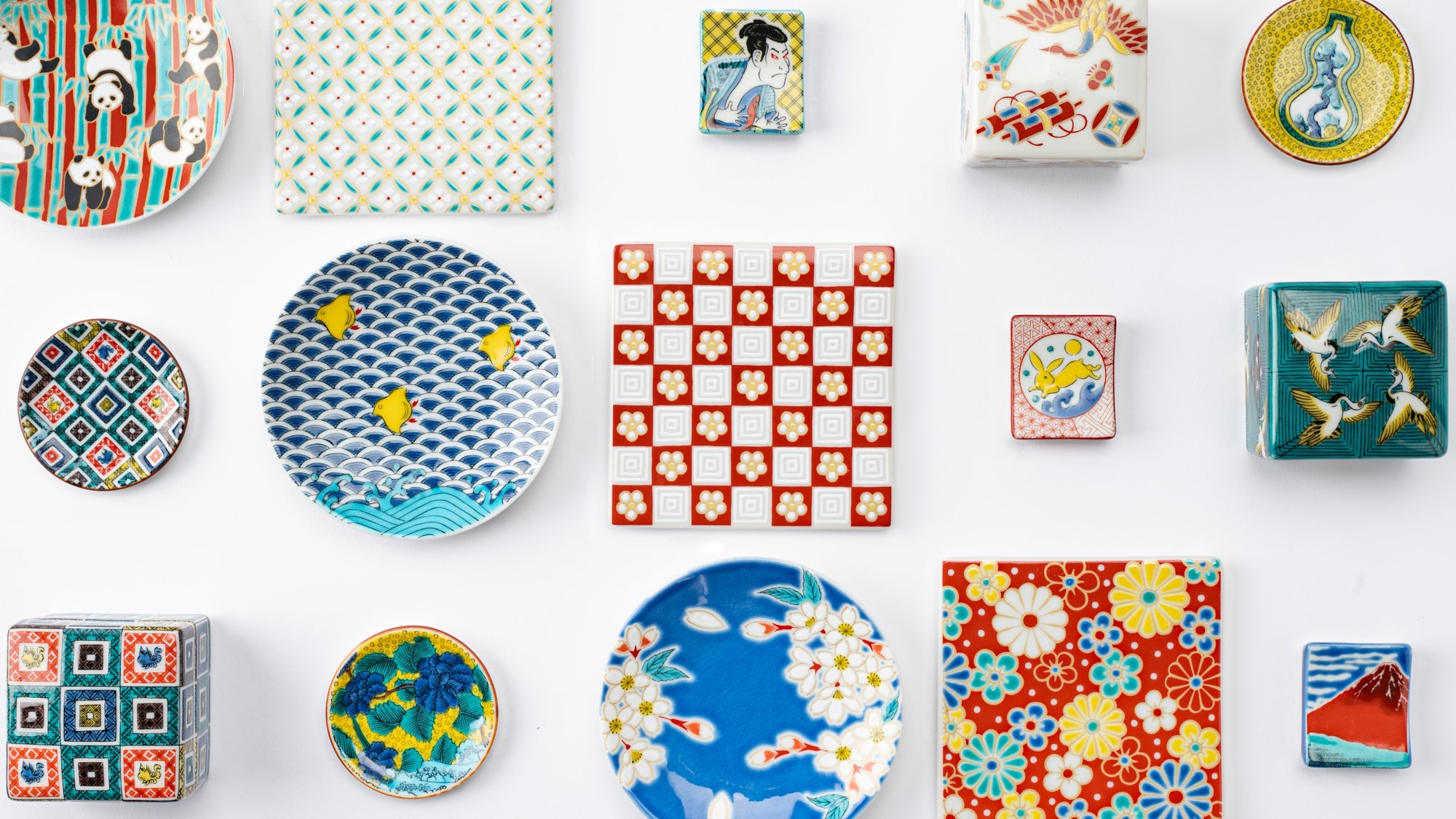
Crafts
Kutani ware is a pottery produced in the Kaga region of Ishikawa Prefecture, with a history spanning over 350 years. It is characterized by the heavy brilliance of the five colors of navy blue, red, purple, green, and yellow that are applied to the bold and daring lines. Its long history has evolved through the tireless efforts and enthusiasm of people who have sought innovation while maintaining tradition.
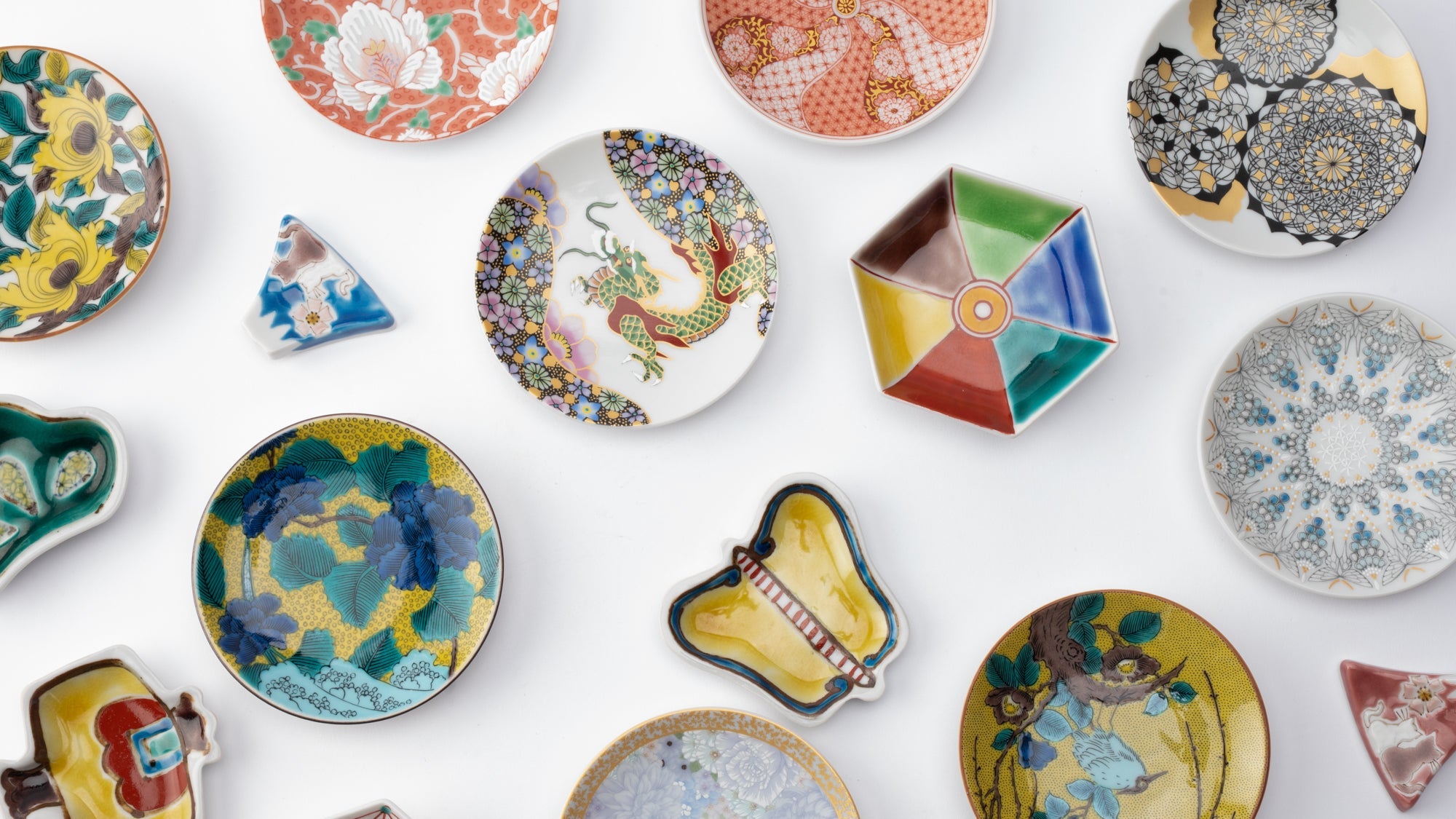
Choose options









Soba Choko Cups
Soba choko cups are primarily designed to hold dipping broth accompanying soba, but they are also used for drinking tea and sake. Soba choko on the larger side are similar in size to yunomi cups, making them just right for casual tea drinking, while those on the smaller side are closer to guinomi cups, perfect for elegant sips of sake.
Regardless of how you use them, the versatility and charm of a soba choko make them a stylish and convenient addition to any table.

Aochibu & Shirochibu
Aochibu (literally "blue dots") features small, solid blue dots densely drawn on a base color. The technique is said to have become popular during the Taisho period (1912–1916 CE). It is neither exactly painting nor exactly line drawing, but rather falling somewhere in the realm of pointillism.
The rich clusters of dots create marvelous ripple-like patterns. It takes extraordinary skill to draw uniform, tiny dots while retaining the beauty of eaoch cluster. There are color variations of aochibu as well, including shirochibu (white dots) and kinchibu (gold dots).
